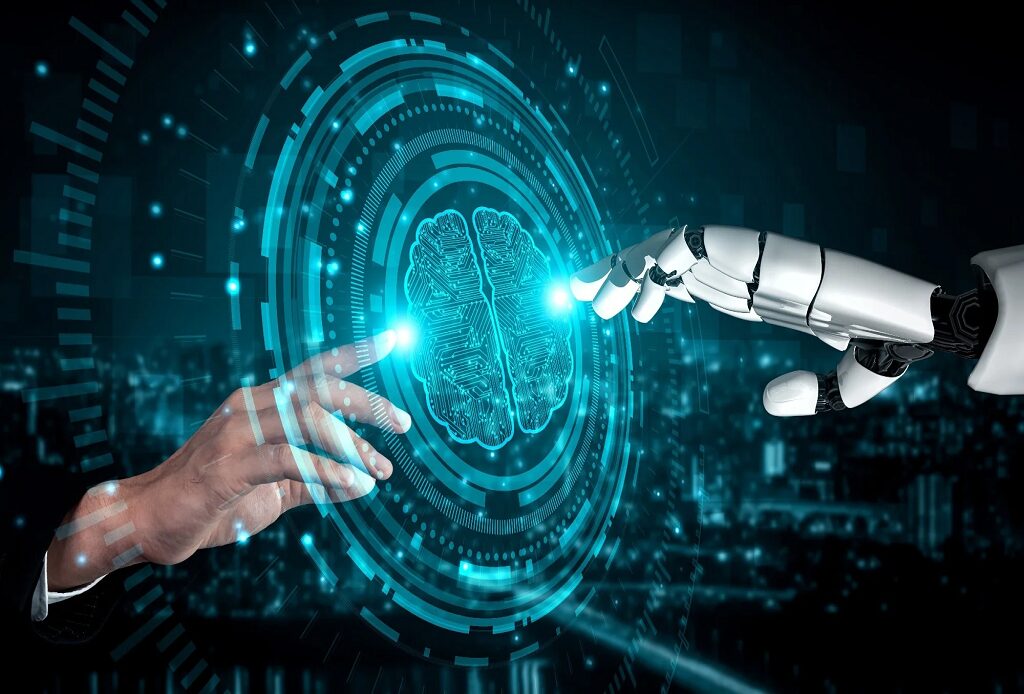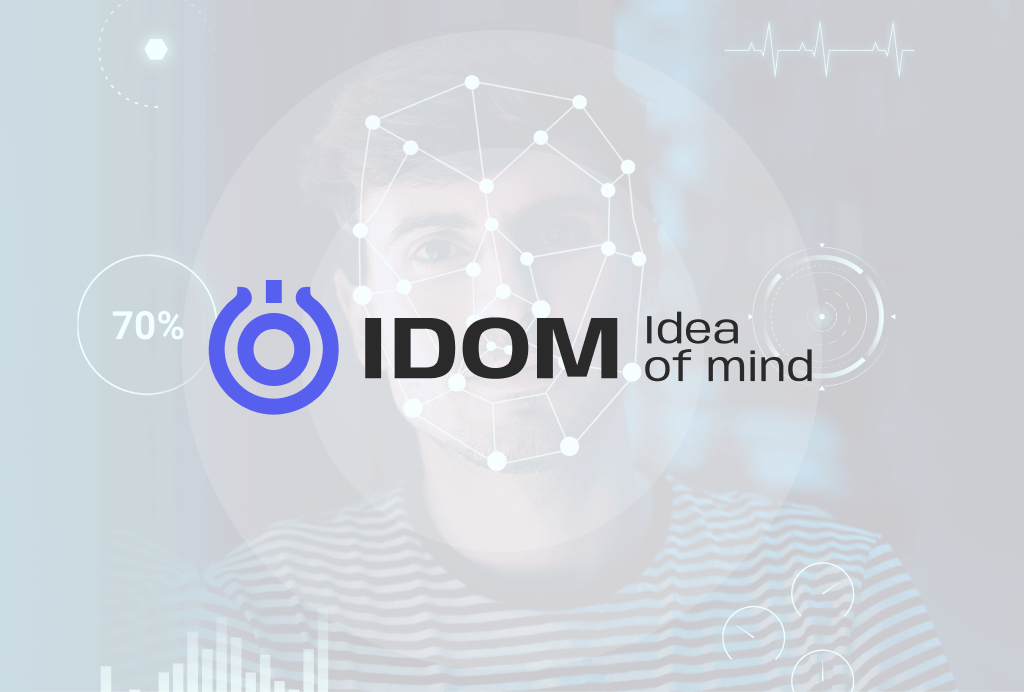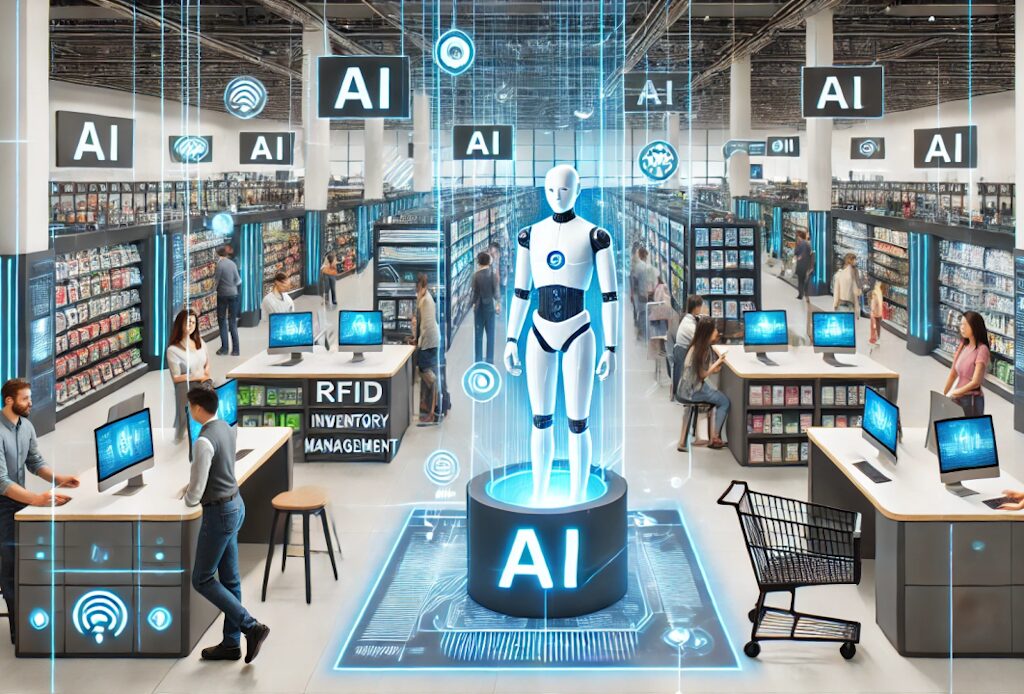Introduction
In today’s data driven world, businesses need to make swift yet accurate decisions to stay ahead of the pack. Over time, AI driven predictive analytics has become vital for any company to predict any trend, foresee the consequences of an action, and make better decisions that are informed by data. This article provides an overview of how predictive analytics is enhanced by AI and its impact within disparate business sectors.
Understanding Predictive Analytics
Predictive analytics makes use of historical data, algorithms, and machine learning to predict what can happen in the future.
Through patterns that happened in the past of AI helps to improve model accuracy;
So with AI, businesses can better discover risks, opportunities, and ways to optimize operations.
How AI Enhances Predictive Analytics
1. Advanced Data Processing: AI deals with masses of data in real-time, enabling a business to look at various data points all at once and extract many more complex insights compared to what classic analytics would allow.
2. Machine Learning: The more AI-driven models get exposed to newer data and trends, the better they get at predicting any particular set of data.
3. Automation: AI makes decisions on the predictive outcome faster and quicker to provide insights for demand forecasting, fraud detection, and price optimization.
Significant Areas Where AI is Applied to Predictive Analytics
1. Predicting Customer Behaviour: AI forecasts customer action to help in the personalization of experiences and also in improving their retention by analyzing purchase history, browser behavior, and external factors.
2. Demand Forecasting: AI analyzes all the past trends in sales and market conditions and thereby predicts the requirements of inventories and enhances supply chain management, thereby minimizing waste and shortage issues.
3. Risk Management: AI makes it possible for any business to anticipate some financial or market risks, frauds, and predict volatility. This shall also enable any business to mitigate risk proactively.
4.Financial Planning: AI helps analyze cash flow predictions, investment optimization, and revenue forecasting, helping businesses make more insightful financial plans.
Advantages of AI in Predictive Analytics
1. High Accuracy: AI feeds into the predictive models in real-time to make forecasts more accurate for better business planning.
2. Efficiency and Cost Reduction: AI automates predictions, increases data analysis speed, cuts down on errors, and saves on operational costs.
3. Live Decision-Making: AI provides immediate insights to act quickly on changes in the market and shifts in strategies.
4. Personalization: AI helps businesses craft experiences that best suit the preferences of their customers by predicting those preferences, which in turn increases customer satisfaction and loyalty.
Challenges to the Implementation of AI in Predictive Analytics
1. Data Quality: The data used needs to be of high quality. Sometimes it can be incomplete or biased toward a particular group, which lessens the accuracy of the predictions.
2. Integration with Systems: The process of integrating AI based analytics into systems is difficult. however, this process provides enormous benefits in the future.
3. Skilled Workforce: Implementing AI requires an expert workforce who needs training in data science and machine learning, which can be quite a challenge for many businesses.
Future of AI in Predictive Analytics
AI will also increasingly be used for predictive analytics, because natural language processing improvements, along with deep learning and automation, made the interfaces much more intuitive and precise in their predictions.
Conclusion
AI is transforming predictive analytics. The technology allows companies to make wiser and better decisions. As the technology continues to evolve, those companies that embrace AI in predictive analytics will have a competitive edge in today’s world.








